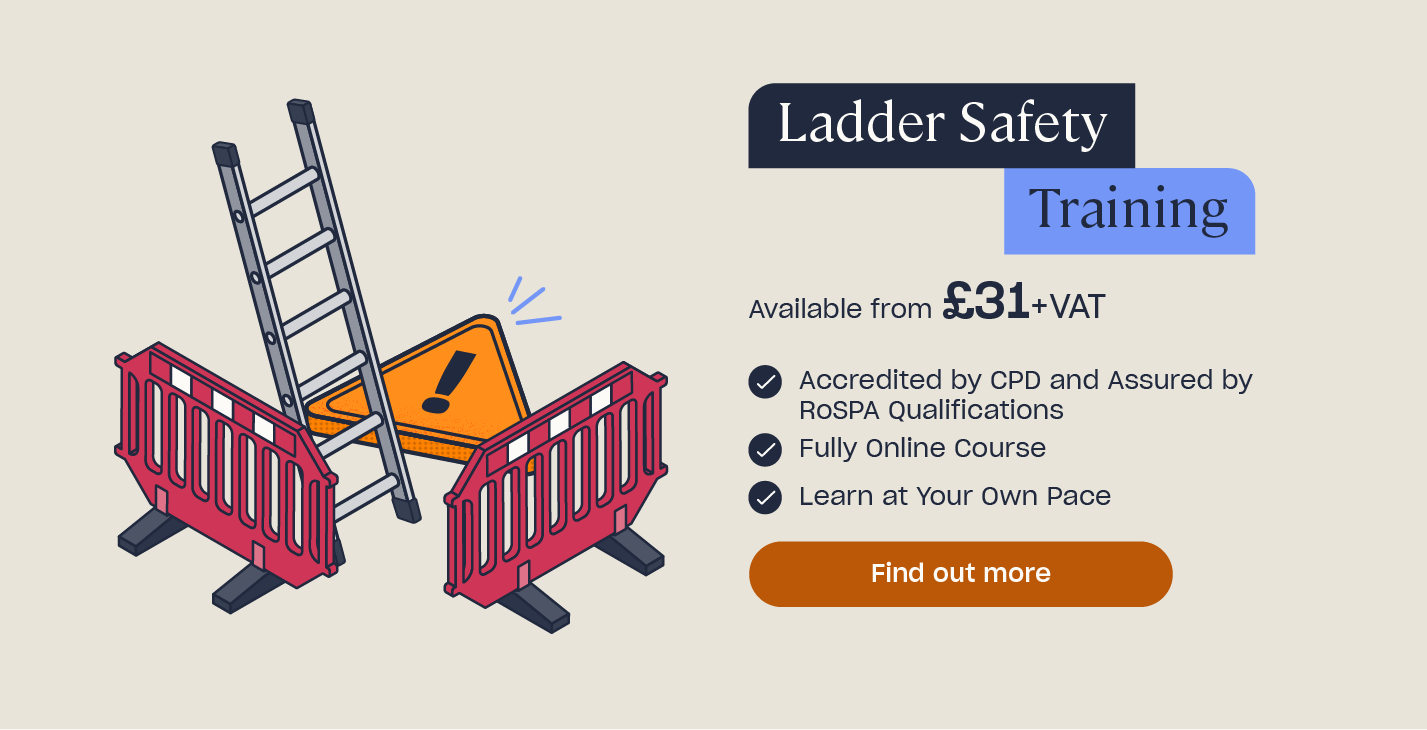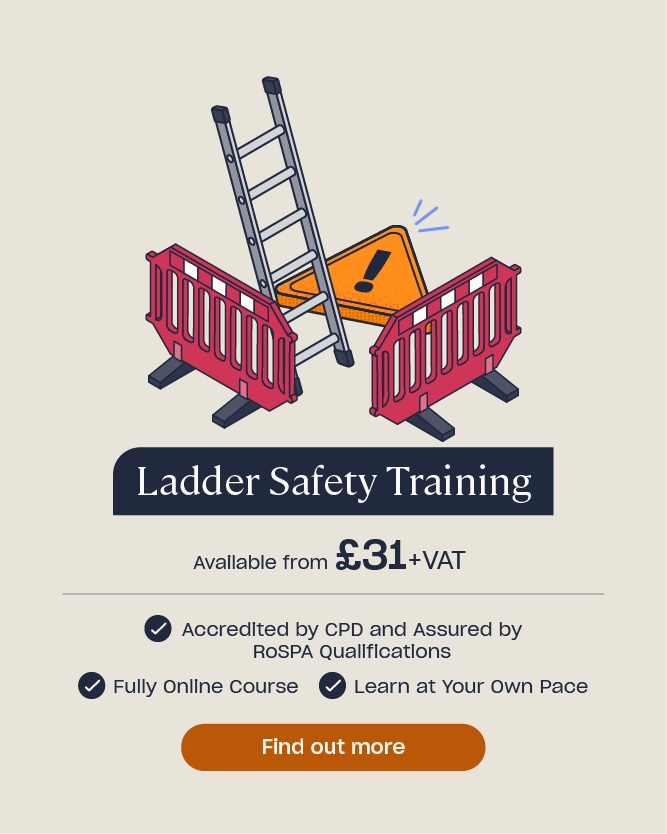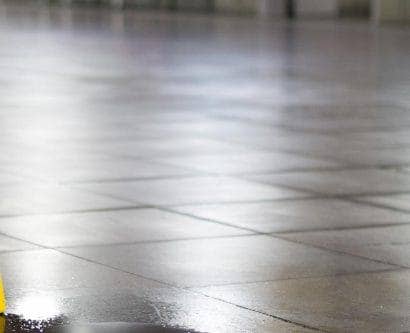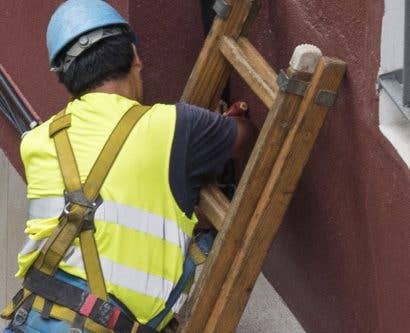A Ladder Safety Checklist
For many tasks that are short in duration and low risk, ladders are the most suitable access equipment. Remember that, by law, both of these factors must be present for ladder use to take place. However, the unsafe selection and use of ladders and stepladders is one of the greatest causes of fatal and serious accidents at work and at home. Statistics published by the Health and Safety Executive (HSE) show that falls from a height are the main kind of fatal accident for workers in Great Britain.
Before you set foot on the first rung, whether it’s to paint a wall, clean a window or reach a shelf, consider whether you can complete the task safely. This means ensuring that you follow ladder procedures by assessing any risks, inspecting the ladder, and ascending and descending correctly.
Assess the Risks
- Is a ladder the most suitable equipment for the task?
- Have you assessed whether the task meets the essential criteria of short in duration (less than 30 minutes) and considered to be low risk? If not, a different form of equipment should be used. For example, a mobile tower or podium steps may be more appropriate.
- Have you received sufficient training and feel competent? If not, you may need to undertake online and practical training to ensure you can confidently carry out the task safely.
- Do you need any personal protective equipment, such as gloves and a hard hat, to further ensure you use ladders safety?
Need a Course?
Our Ladder Safety Training will help you understand how to use ladders and stepladders safely. Knowing how to choose, set up and use ladders correctly will reduce the likelihood of accidents happening in the workplace.
Carry Out an Inspection
- Has a pre-use inspection of the ladder been carried out? Before use it must be checked for any defects.
- Are the rungs or stiles bent or damaged? Are the feet missing, worn or damaged? If you notice any damage you must immediately remove the ladder from use.
- If using a stepladder, does the locking mechanism engage fully? Again, if not, you must not use the ladder and should remove it from use.
- Is the ladder subject to regular detailed visual inspections? Are there records of this to show any defects that were found?

Check Your Footing
- Is the ladder placed on a level surface? Sloping or unstable ground can cause the ladder to slip when in use.
- Are there any potential hazards around the base of the ladder? This may include leaves, oil, mud, or a doorway that people may enter or exit. If possible, these should be removed or the ladder repositioned.
- Is the ladder safely secured? You may require a stability device that will help to prevent the ladder from slipping or falling.
- Is the top of the ladder resting against a strong surface, such as a brick wall? Weak surfaces, like plastic guttering and glass, easily break and should be avoided.
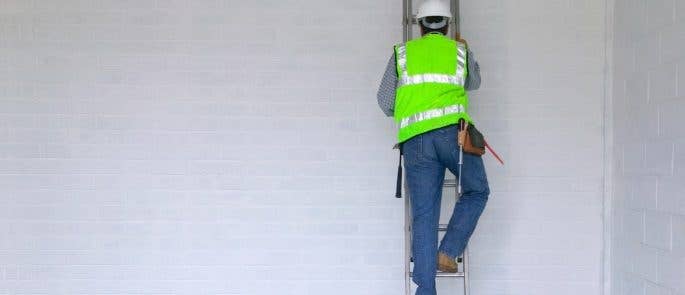
Climb with Care
- When ascending and descending the ladder do you step on one rung at a time?
- Are you facing the direction of the rungs when climbing?
- Are you moving too quickly? Quick climbing can cause the ladder to ‘bounce’ and lose footing so always climb at a steady pace.
- Can you maintain three points of contact at all times? For example, both feet and one hand.
- Do you find yourself overreaching or leaning sideways in order to carry out your task? If so, you may need to reposition the ladder, or select a different working at height piece of equipment.
- Do you need to carry items up the ladder? If possible, use a tool belt to ensure your hands are free to grip the ladder as you climb. Items may need to be transported via a different means of they are particularly heavy or awkward to carry. Remember that all ladders have a safe working load of 150 kg.
Once you have met all the criteria explained here, you should be ready to start your task. If you do not feel confident that you can safely use a ladder, or have not received adequate training, you should speak to your manager first. Remember to always assess the situation, inspect the ladder, and climb it with care.
Further Reading:
- Ladder Safety Training
- Ladder Safety Quiz
- RIDDOR: How to Report an Incident or Accident at Work
- Safely Securing Ladders: Guidance & Procedure
- Guidance on the Ladder Angle Rule


